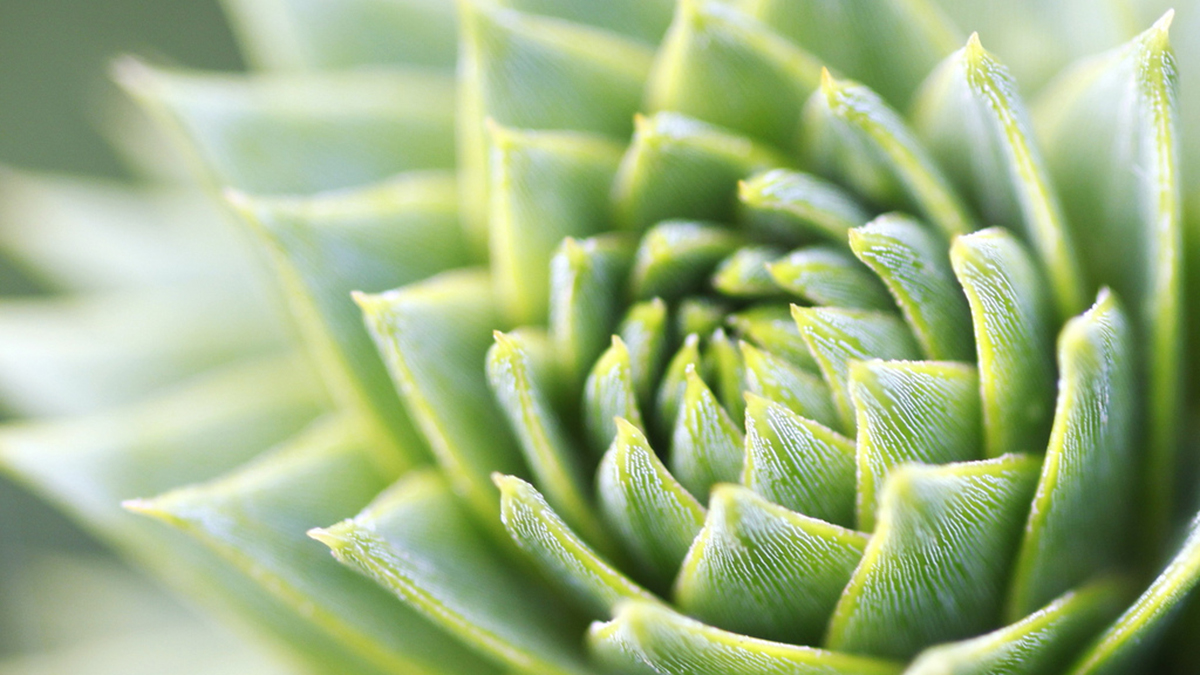Table of Contents
House plants are ideal for reducing third-hand smoke, the tobacco residue that accumulates in carpets and household dust, and on walls and ceilings and floors. They do this by acting something like a very low-power vacuum cleaner, emitting water vapor that dissolves tobacco smoke chemicals, and then carries them back into the plant for use as nutrients.
Obviously, most of us aren't going to have pots of peppermint around the house. Many other house plants, however, are very effective at removing specific kinds of indoor air pollution.

- English ivy and gerbera daisies remove benzene, which is one of the major chemicals in tobacco smoke.
- Bamboo palm, Boston fern, dwarf date palm, English ivy, lady palm, and weeping fig remove formaldehyde, which released by flame-resistant fabric and carpets.
- Chrysanthemums remove carbon monoxide, another contaminant produced by cigarette smoke. They do not, however, remove the poisonous chemical fast enough to counteract problems with furnaces or car exhaust.
- Spider ivy (Chlorophytum comosum), with its waxy leaves, is very effective for removing dust and particulate matter from indoor air. Laboratory testing has found that the leaves "suck up" particles, not relying on gravity as the sole means of accumulating dust. Cleaning the plant from time to time "recharges" it to collect still more dust. This plant is especially helpful for clearing the air of "take home" air pollution brought home from the job by bakers, construction workers, and cooks.
- Golden pothos, philodendron, spider plant, Chinese evergreen, and peace lily are good for removing a variety of indoor air pollutants.
Vacuuming removes particulate matter and pollen. Houses where the vacuum cleaner is used more often that once a week have up to 70 percent less pollen during pollen season than houses where the vacuum cleaner is just only once a week or less often. Air conditioning helps prevent respiratory diseases in children, especially in the tropics, but filters and dehumidifiers sometimes cause unintended consequences. In-home venting of a clothes dryer increases particulate matter in the house, as does using an old filter on a vacuum cleaner. Dust mites are more common in houses that have dehumidifiers. Air filters are no match for the mold and dander brought into a house by dogs and cats that have access to the yard or a park. Clothes worn outdoors during wet weather bring in molds, and clothes worn outdoors during pollen season bring in pollen that can persist on them for several weeks even after problem plants have stopped blooming.
READ Best Plants for Indoor Air Quality
Besides adding beauty to your home, house plants are far less expensive than HEPA air filters. They don't require electricity or expensive repairs. All they need is occasional watering, leaf-dusting, and pruning. They lighten the mood of an interior space, and they encourage healing in people who see them every day.
- Gawrońska H, Bakera B. Phytoremediation of particulate matter from indoor air by Chlorophytum comosum L. plants. Air Qual Atmos Health. 2015
- 8(3):265-272. Epub 2014 Aug 9. PMID: 26052368.
- Yeramaneni S, Dietrich KN, Yolton K, Parsons PJ, Aldous KM, Haynes EN. Secondhand Tobacco Smoke Exposure and Neuromotor Function in Rural Children. J Pediatr. 2015
- 167:253-259.
- Photo courtesy of cleopold73: www.flickr.com/photos/cleopold73/2669714872/
- Photo courtesy of simon_schlegl: www.flickr.com/photos/simon_schlegl/7693168396/
- Photo courtesy of simon_schlegl: www.flickr.com/photos/simon_schlegl/7693168396/


Your thoughts on this